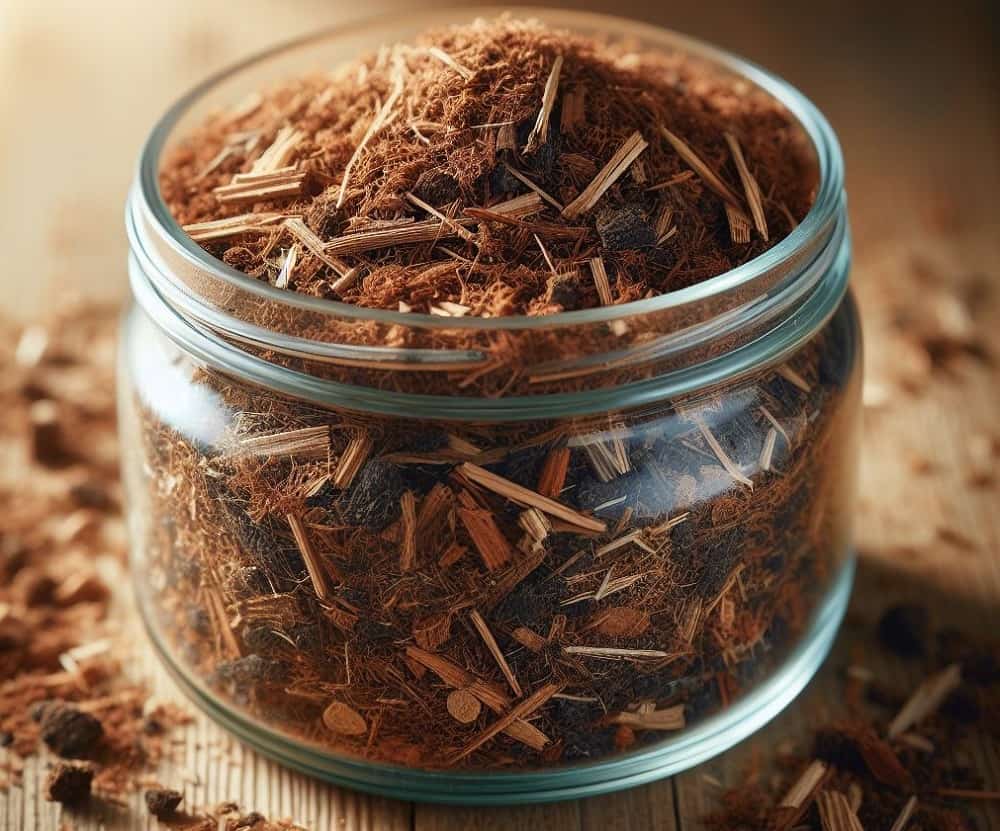
Today we will discuss what coco peat vs sawdust is. How it is different from each other and what are the key advantages and benefits of using them.
Coco Peat
Coco peat is a product made from the coconut industry, extracted from fibers substance of the coconut. Its fluffy texture makes it light brown or white depending on the maturity of the coconut and is 100% organic and eco-friendly Due to its organic & eco-friendly natures it’s the preferred by users by all around the world.
The properties and performance of coco peat makes it a perfect alternate to other mediums. Coco peat is very easy to handle, light weight and can be reused to up to four years. Its biochemical and physical properties make it perfectly resistant to fungal growth and bacteria. Coco peat has its long terms benefits and only breaks down after ten years. The pH value ranges from 5.2 to 6.8 which makes it neutral to acidic. Coco peat has the ability to store and provide nutrients which are released for extended period of times of proper plant growth.
It provides health root development. Coco peat can be used a growing medium or can be used as a mixture with other soil mediums. It’s purely organic and has the ability the retain moisture to up to 8 times of its volume. Coco peat has a uniformed texture and consistent making it easier to hand. Cocopeat has great oxygenation properties resulting in healthy root development. Coco peat is affordable ana quality value for money product.
Coco peat is being used for hydroponics as a growing medium for soil texture improvement, aeration and moisture and for gardening. Coco peat with rising popularity is commonly available online or from your local market worldwide. Cocopeat is very easy to use and is reusable. You can increase your production using coco peat as it produces greater crop yield and use very less space. The improved growth of roots due to coco peat makes results in better growth providing higher yields.
Benefits & Advantages of Coco Peat
Holds more water than coco fiber: Coco peat has high water retention capacity. The water retention & absorption allows the texture to hold water and release gradually as per required by the plants. In addition to water retention, it prevents plants to get soaked in water protecting the roots and fungal disease.
Good for dry conditions & Light in weight: Coco peat can both be used for moist and dry conditions. Ideally coco peat provides great results in dry condition. By being the ability to good in dry conditions, Coco peat becomes an ideal soil amendment for different kinds of plants. As cocopeat is compressed, it has very light in weight and easy to handle and store. For usage coco peat is soaked into water to get its original size and form. Due to light weight coco peat can be easily shipped worldwide.
pH neutral: pH has an internal part in plants growth. Use of Coco peat provides pH range which is suitable and balanced for most plants. The pH value ranges from 5.8-6.5. The pH value below 7 indicates acidity.
Weed-free and Organic: Coco peat is an 100% organic and eco-friendly by product from the coconut industry. Plant growth with presence of weed hinders its growth. Coco peat is free from weed with less requirement of water content for growth.
What is Sawdust
Saw dust is a byproduct of the wood working industry and is an invaluable resource which has numerous numbers of applications. Making good and efficient use of saw dust contributes to promote environment sustainability. Saw dust being an inexpensive material could be used in farms and plantation.
Using a saw dust for your application can be tricky. When getting sawdust from the market, you don’t get to know the actual source of it. The source depends on from which wood it has been processed. Some common mistakes and to avoid types of wood using saw dust are Walnut wood which is black and toxic.
Sawdust Benefits and its uses
If you are into plantation and hydroponics then you may consider saw dust. If you like plantation of leafy green veggies or vegetables like carrot onions lettuce you can use saw dust as a filler mix with seeds. It can also be used as a soil amendment to increase the organic matter improves its texture. As sawdust decomposes very slowly, it works are a great moisture unlike to heavy soil like clay were in tends to break down quickly. After the final decomposition, soil containing decomposed saw dust is very rich.
Many people have a misconception that saw dust cannot be used as a growing medium. For growing mushrooms saw dust as a great growing medium. For other growing you can use a mixture of saw dust and wood chips along with controlled temperature and light. Saw dust also prevents from erosion. It eliminates the existing grass and weeds to expose the soil.
Another great use of saw dust is that it can helps repel slugs in cultivation of leafy veggies like cabbage, cauliflower, lettuce and kale. Sawdust can also be used to store root planting material. Root vegetables like beet, ginner, carrots, turnips etc. can be wrapped in dried saw dust keeping it away from moisture and water. It helps retaining the moisture in plants organ to keep dehydration away.
Some other common uses of saw dust are as follows.
- Animal bedding
- Fire starter
- Cleaning agent
- Mushroom cultivation
- Natural Dye
- Mulch and compost
- Ice traction
Now you know which is best between coco peat vs sawdust, Contact Earth Scape to order coco peat.
